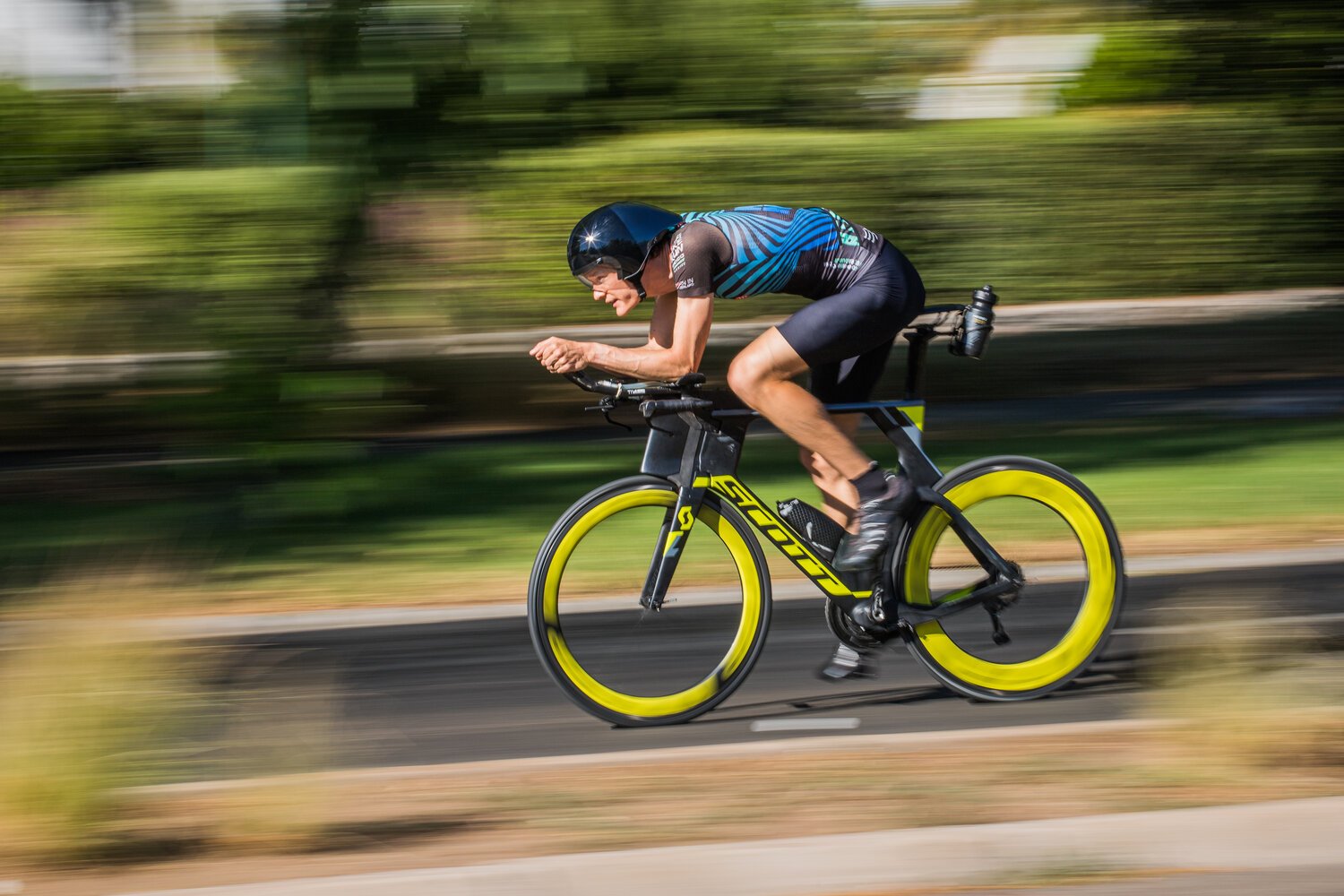T1 + T2: Time Saving Tips
Triathlon is a complex sport and there are many paths you can explore to improve your overall performance. For beginner athletes, consistency in training is the obvious way to get the biggest gains. For more advanced athletes it is less simple. You’ve most likely already grabbed those low-hanging fruits, which means shaving one more minute of your 70.3 race, now requires significant effort, comprised of time, money, and energy.
You can optimize your physical condition by hiring a coach, and your equipment by purchasing new and better gear. You can also, gain valuable time polishing your transitions. The good news here is that learning to do fast transitions is free and with no energy cost. You will only need some time to practice.
Our Mauna Coach and professional triathlete, Romain Babin, has put together a list of tips that will help you improve your times for both T1 and T2. Check out Romain’s tips below!
Hi all, Romain here! These are my top five tips to be faster during these two critical parts of the race:
Visualization. You need to imagine, go over and practice in your head your upcoming race’s transitions. For example, for each transition picture the different steps and what is the fastest order in which to complete them. Visualization is key! You can start to do this before arriving at the venue by studying it online. Race organizers usually provide maps of the course and transitions on their website or athlete guide. Once you are able to visit transitions on the days prior to the race, you can include further details into your visualization process.
Be mentally prepared for things going wrong in transition. The time chip getting trapped inside the wetsuit, not finding your bike, discovering a flat tire once you finish the swim, etc. Try to think of everything that could go wrong and have a contingency plan. The easiest one? When you leave your bike in the transition area the day before the race, find where the swim exit is and walk all the way to your bike memorizing it and finding a few easy to spot markers in the rush of the race, like a large tree or a bike row number.
Organization. On the day prior and morning of the race, make sure to leave your gear as organized as possible. I always advice my athletes to have their helmet upside down on top of the aerobars with the straps hanging out on either side. Instead of leaving your socks rolled and having to pull them apart during the race, leave a sock inside each running shoe. Go over each piece of gear and think which is the most logical place for that thing to be in, in order to minimize the number of movements you will need do.
Practice. T2 is easier to practice than T1, but T1 is more complicated, so don’t skip it! While important, mental practice isn't enough. You need some real world practice, and with a WET wetsuit! You can improve your stripping abilities at the end of a pool session. Brick workouts are a great time to practice as well, incorporate it into your session and try to simulate a real-life transition as much as possible. If you time yourself, you will be likely seeing gains each time.
T2 golden tip. An easy way to improve your T2 time, is to use the plastic bag provided by the organization or to take your own if they don’t provide one. In it, place your elastic belt and bib number (already set up, of course), your running cap, gels, sunglasses, and a couple of disposable sunscreen samples. Having everything in bag will allow you to quickly grab it, and gear up for the running leg while running out of the transition area at the same time. You can even apply the sunscreen while running and then dispose of the small packages when passing by a fuel station. Again, it is always better to practice this before attempting it in a race, you want it to be second nature and not a distraction from your pace.
During my first pro race, I personally learned that by losing 30 seconds in T1 you can then lose 5 to 10 minutes during the bike leg! If you lose eye contact with the pack of your direct competitors, it's really hard to maintain the same level of focus and keep pushing the level of watts needed to be in the first positions at the end of the bike. The lesson is to not underestimate transitions, there are free and good gains in both T1 and T2 that you can make. Visualize, practice and prepare!

